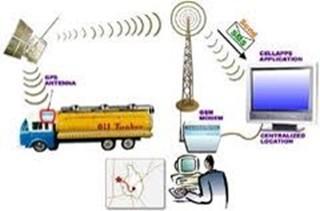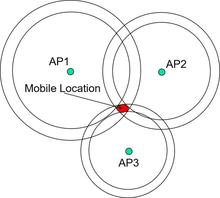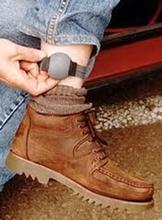What is Indoor Localization and Tracking?
Navigation
- Indoor Localization at NIST
- What is Indoor Localization and Tracking?
- Back to Location-Based Services portfolio page
Introduction



Indoor localization is the capability to determine/estimate the location of an entity to be localized or tracked (ELT), such as a person, a robot, or some other object equipped with an appropriate electronic device in buildings and subterranean structures such as tunnels, caves, and underground mines. Tracking is the capability to estimate the location of such ELT on an ongoing basis and making the location information available to a tracking authority. Localization and tracking, whether indoor or outdoor, has a wide range of applications. Some of these applications are governmental or for safety of life purposes. These include emergency response, law enforcement, situation-awareness while responding to terrorist attacks, offender tracking, military search and clear operations or personnel recovery, mining, and E-911. Other applications include fleet management, asset tracking in factories/warehouses/hospitals, tracking the elderly/children, personal navigation in museums and shopping malls, social networking, and the Internet of Things (IoT).
Note: It is also possible to have a localization and tracking capability using cameras installed in the environment. In that case, there is no need for the person, robot, or other object to be equipped with an electronic device. Some call this device-free localization and tracking. However, the vast majority of NIST activities are not on device-free localization and tracking.

